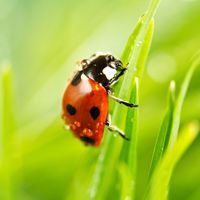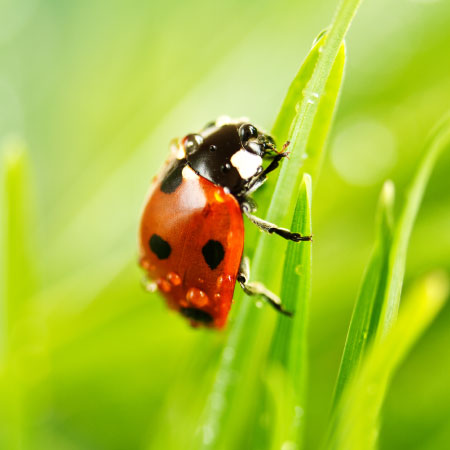Peach Yellows Control - Identifying Peach Yellows Symptoms


Fresh fruit from their own trees is the dream of many a gardener as they cruise the aisles of the local nursery. Once that special tree is selected and planted, the waiting game begins. Patient gardeners know it can be many years before the fruits of their labor are realized, but no matter. After all that hard work, the appearance of peach yellows disease can be devastating-- instead of being rewarded for their patience, a disappointed gardener is left wondering how to treat peach yellows.
What is Peach Yellows?
Peach yellows is a disease caused by a microorganism called a phytoplasma-- this group of pathogens shares characteristics with both viruses and bacteria. It can affect any tree in the genus Prunus, including cherries, peaches, plums, and almonds, both wild and domestic. In fact, the wild plum is a common silent carrier of peach yellows disease. It is transmitted through infected tissues when grafting or budding and vectored by leafhoppers. Seeds can also contract this disease from infected mother plants. Peach yellows symptoms often start as trees that are just a little off, with new leaves emerging with a yellowish tint. The young leaves may also be misshapen, with a sickle-like appearance. In these early stages, just one or two branches may be symptomatic, but as peach yellows spreads, thin, upright shoots (known as witches' brooms) begin to emerge from branches. Fruits regularly ripen prematurely and have a bitter flavor.
Peach Yellows Control
Peach yellows control begins with culling out diseased plants. It can be hard to sacrifice your babies, but once peach yellows has infected a plant, it can't be cured. In a best case scenario, the tree may live another two to three years, but it will never bear proper fruit again and it will only serve as a source of peach yellows for uninfected trees. Leafhoppers are drawn to trees with aggressive flushes of growth, so go easy with the fertilizer when peach yellows disease is known to be in your area. When leafhoppers appear, spray them as quickly as possible with neem oil or insecticidal soap weekly until they are no longer observed. Conventional pesticides like imidacloprid or malathion are effective against these pests as well, but they will kill honeybees when applied during bloom.
Sign up for the Gardening Know How newsletter today and receive a free copy of our e-book "How to Grow Delicious Tomatoes".

Kristi Waterworth was a regular contributor to Gardening Know How for many years, answering countless queries on plant pests and diseases.